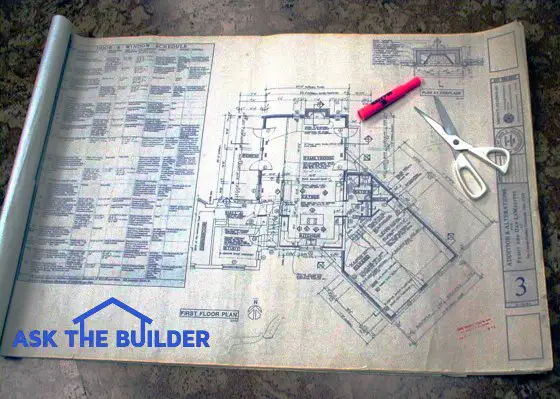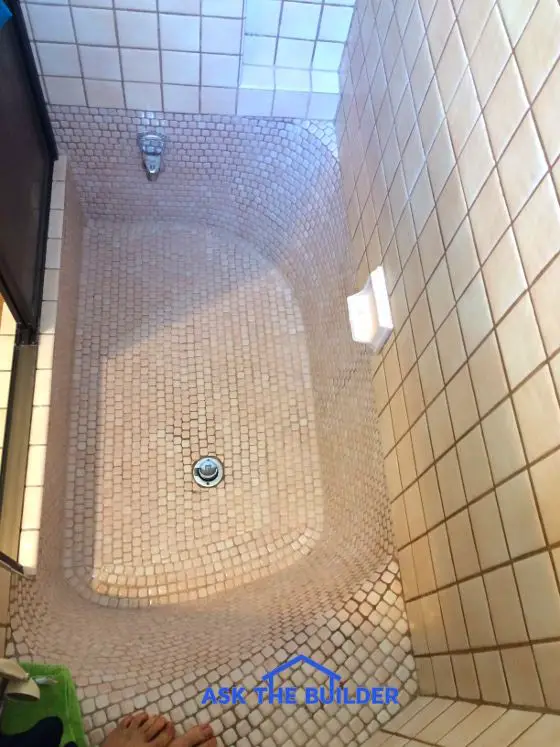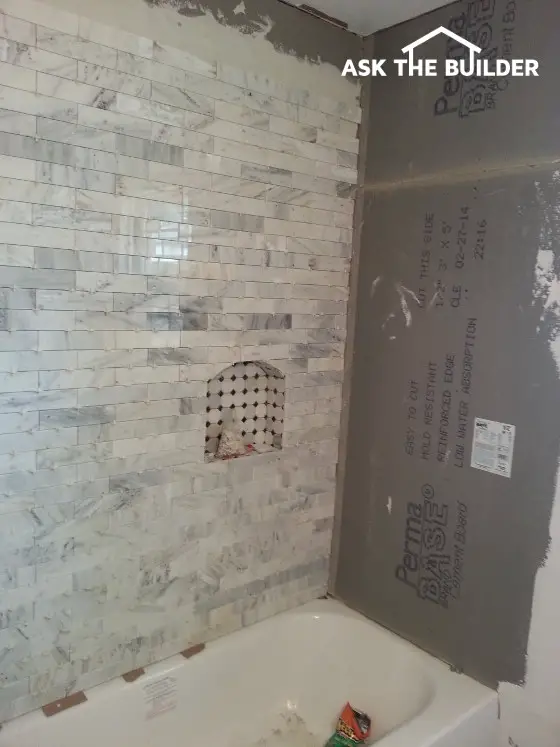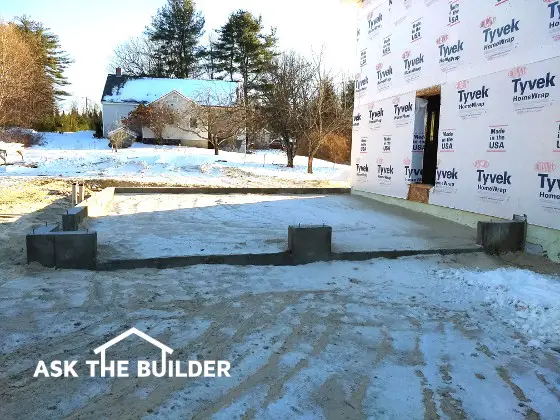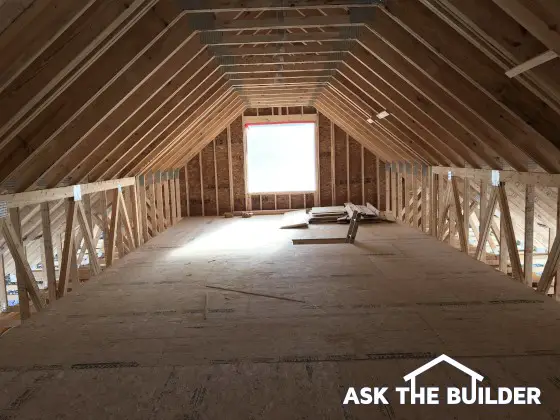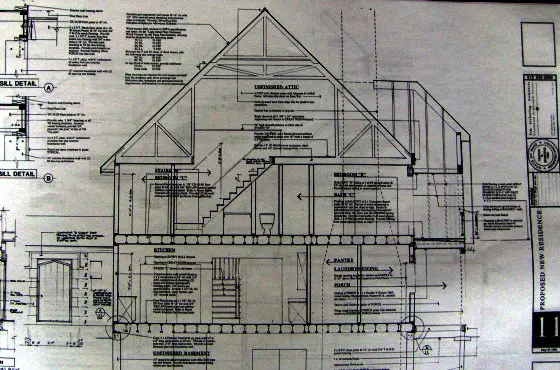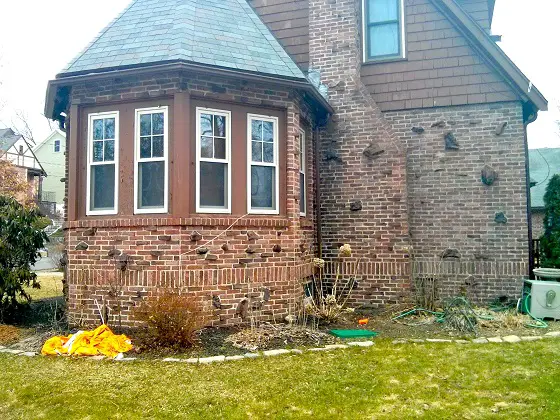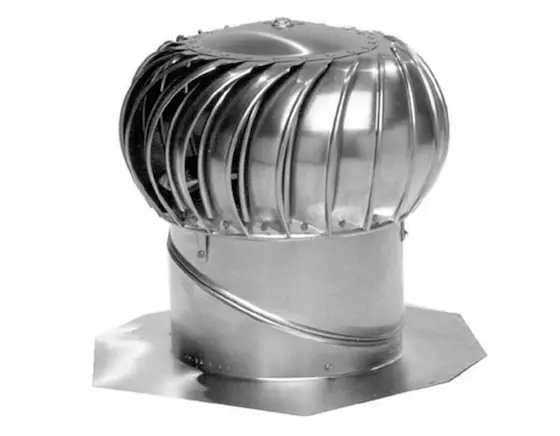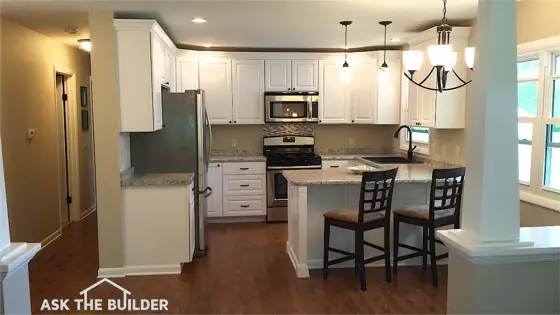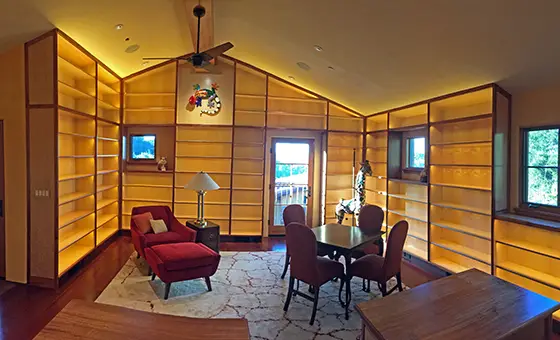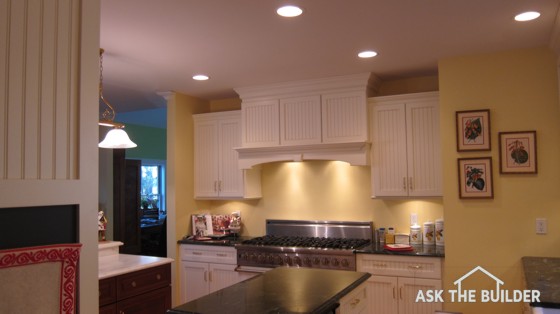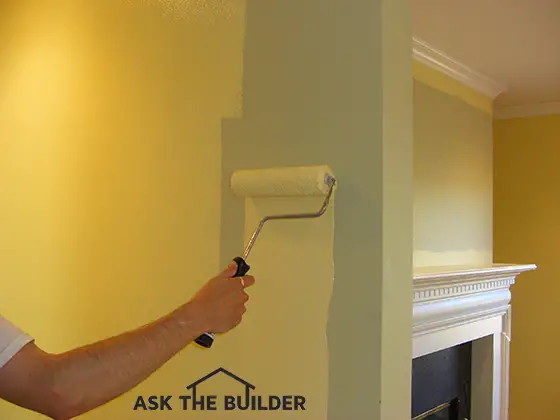Stucco Homes
I just got back from a five-day trip spent in the Rocky Mountains of Montana. I think it is fascinating to travel as you learn new things and the experience helps put things into perspective in your daily life. For example, driving south through the Gallatin River canyon from the town of Bozeman towards Big Sky, Montana, you can't help but get a feel for the permanence of rock. The Rocky Mountains have been around a long time and are still standing tall because of the rock they are made from.
The concept of building with rock and man-made rock is nothing new. The age-old fable of the Three Little Pigs is based upon the longevity of stone or masonry building materials as compared to wood or even straw.
Travel to Europe and you will see that much of their residential construction is based in stone, brick and stucco. They learned long ago that cement stucco, a man-made rock material, is both durable and attractive. The truth be told, Europeans used up much, if not all of their forests hundreds of years ago and were forced to find a different building material other than wood.
But you might be getting ready to make choices for your own new home. You don't have to travel to Montana, Colorado or even Europe to get some great ideas. Your trip might only have to last an hour or two as you drive around some of the older well-established neighborhoods of Chicago. I am confident when you do, you will discover quite a few cement stucco homes as well as others that use stucco on a part of the exterior.
Cement stucco is an amazing material for a number of reasons. For one, it is a man-made rock material that is incredibly strong. A well-built stucco home can easily last hundreds of years. I realize that might not mean much to you, but stucco can add both value and character to your new home.
Permanent pigments can be added to cement stucco as it is mixed so that it never needs to be painted. The stucco mason can build several test panels to show you what the cured colored stucco looks like when it is totally dry. You can whitewash stucco to create a cottage look. Whitewashing is simple to do and the look is unlike anything you have seen in a long time. You can simply leave stucco natural and let it achieve a patina over time.
Used with modern windows and doors, a stucco home can block those howling winter winds that try to suck heated air from your home. The stucco finish is a fantastic wind barrier, yet it easily transmits any water vapor that can cause mold to grow in other wall systems that do not readily allow water to migrate to the atmosphere.
If you hire a talented builder as well as a talented stucco mason, you will have an infinite amount of stucco textures and patterns from which to choose. There are classic stucco styles and as you drive around the neighborhoods scouting for stucco, be sure to take photographs of stucco textures you love. Often if you knock on the door of the home and tell the owners what you are doing, they will allow you to take close-up shots of their houses. Your interest in their home often creates pride in the homeowner.
Keep in mind that stucco can be painted if you so choose, but this takes a maintenance-free material and turns it into one that requires periodic maintenance. If you decide to paint, it is critical that the new stucco cures for a period of time. It can take three months or more for the stucco to release most or all of the moisture it contains. If you paint before the stucco is fully cured, the new paint job can peel in short order. The safest route may be to wait 6 or even 9 months to paint. Be sure to use the recommended primers as called for by the top coat paint manufacturer.
Column NH054
